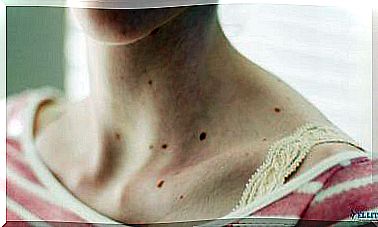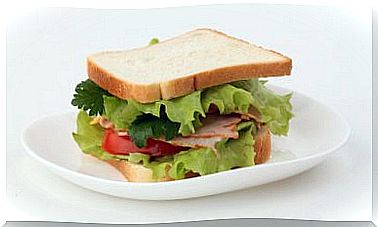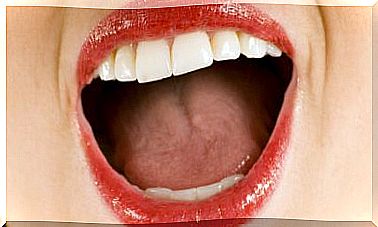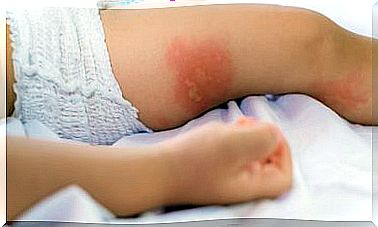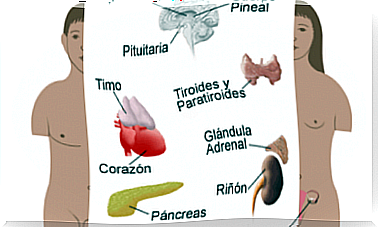Iron Deficiency Anemia In Children: Everything You Need To Know
A low iron intake in the usual diet or the replacement of breast milk by cow’s milk can trigger iron deficiency anemia in children. Find out how to recognize it.

Iron deficiency anemia in children is a condition caused by iron deficiency. This mineral is an essential part of hemoglobin, a protein responsible for transporting oxygen in the blood for optimal functioning of the body’s tissues.
The disease is common in children between 6 and 24 months of age, as indicated by this information from the Argentine Archives of Pediatrics , especially when they do not receive good nutrition. However, it also affects older children and is often a frequent reason for pediatric consultations. What are its causes and how does it manifest itself?
To resolve these questions, it is essential to address the most relevant aspects of the pathology. Therefore, below, we want to review its main triggers and the symptoms that allow it to be recognized in a timely manner.
Why does iron deficiency anemia occur in children?
Low iron absorption is the main cause of iron deficiency anemia in children. The body obtains this mineral from food and also recycles it from old red blood cells. Some factors linked to the disease, as this MedlinePlus information points out are:
- A diet poor in this nutrient.
- Inability of the body to absorb iron.
- Slow and prolonged blood loss.
- Excessive consumption of cow’s milk (especially when replacing breast milk).
- Food allergies
- Lead poisoning.
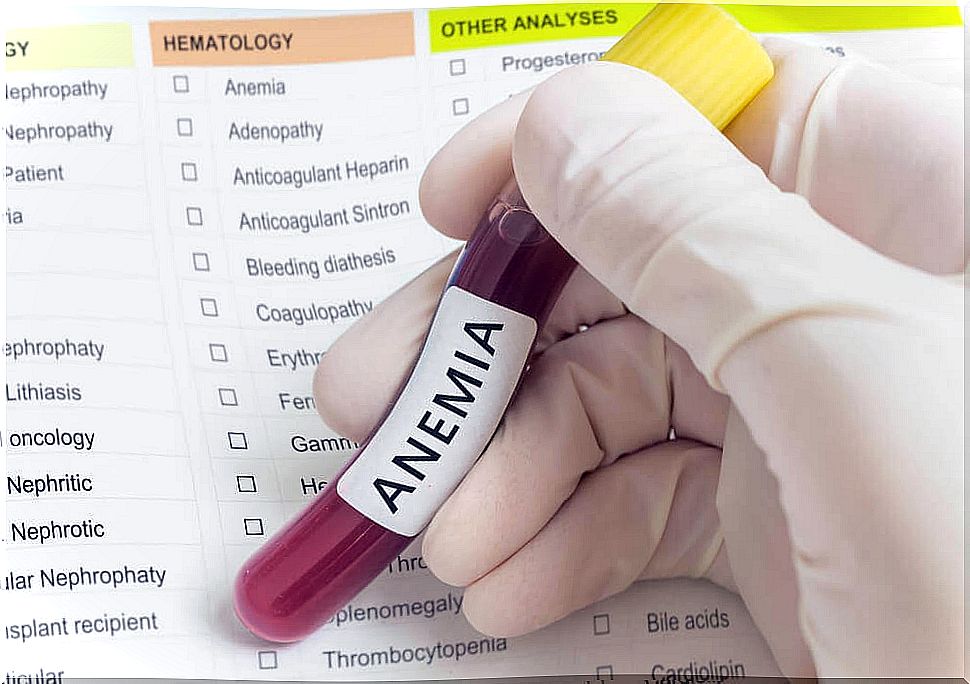
Symptoms of iron deficiency anemia in children
In its early stages, the disease does not usually cause strong symptoms. This situation makes its treatment difficult, as the iron level and blood counts can continue to decrease. As it progresses, iron deficiency anemia in children, as evidenced by this study published in the Argentine Archives of Pediatrics , produces:
- Bluish or very pale coloration of the whites of the eyes.
- Brittle nails
- Decreased appetite or craving for unusual foods.
- Prolonged weakness and tiredness.
- Headaches and dizziness.
- Irritability and decay.
- Difficulty breathing and tachycardia.
- Pale skin.
- Poor weight and height gain.
Diagnosis
To diagnose iron deficiency anemia in children, the doctor performs a physical evaluation and questioning. Then, he takes a blood sample that he sends to the laboratory for analysis. This test can tell if your red blood cells are iron deficient.
In general, the specific tests that allow to confirm the disease are:
- Hematocrit : allows to detect anemia and other blood disorders.
- Serum ferritin : reveals the amount of iron stored in the body.
- Serum iron : shows how much of this element is in the blood.
- Total iron binding capacity (CTFH) : used to measure the ability of a protein called transferrin to transport iron in the blood.
Prevention of iron deficiency anemia in children
There are two basic preventive measures against this type of disease: nutrition and medical check-ups. However, in any case, the parents play a very important role, since they are the ones who guarantee the care of the minor.
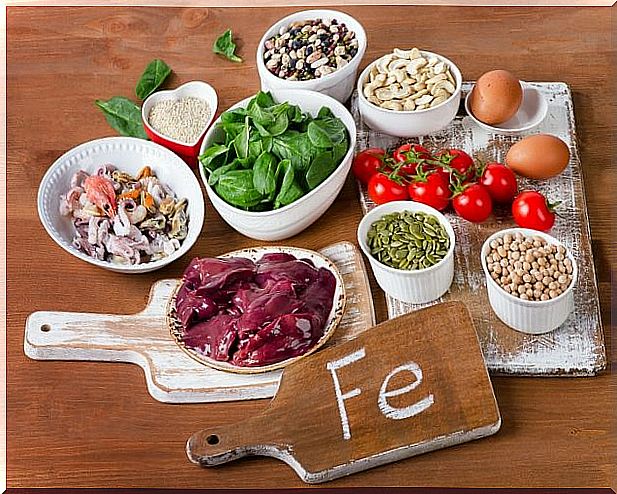
Provide an appropriate diet
- Children should drink, whenever possible, breast milk up to 6 months of age. Although some ignore it, this food allows better absorption of iron and is key to the development of the immune system.
- In case of not being able to take the maternal food, the chosen supplement must be fortified with iron.
- From 5 to 6 months of age, more nutrients can be provided with fruits, vegetables, and lean meats.
- Avoid giving them cow’s milk before 12 months.
- When the child is older, a balanced and varied diet may be enough to obtain the correct iron values.
Visit the pediatrician
Any manifestation of iron deficiency anemia in children should be seen by a pediatrician. In the same way, if the little one has any risk factors or antecedents, they should receive constant medical check-ups.
Treatment of iron deficiency anemia
Due to their age and developmental process, children only absorb a small amount of the iron they consume. Therefore, to obtain the necessary amount (about 8 or 10 mg a day) it is important to add foods that contain it to your diet.
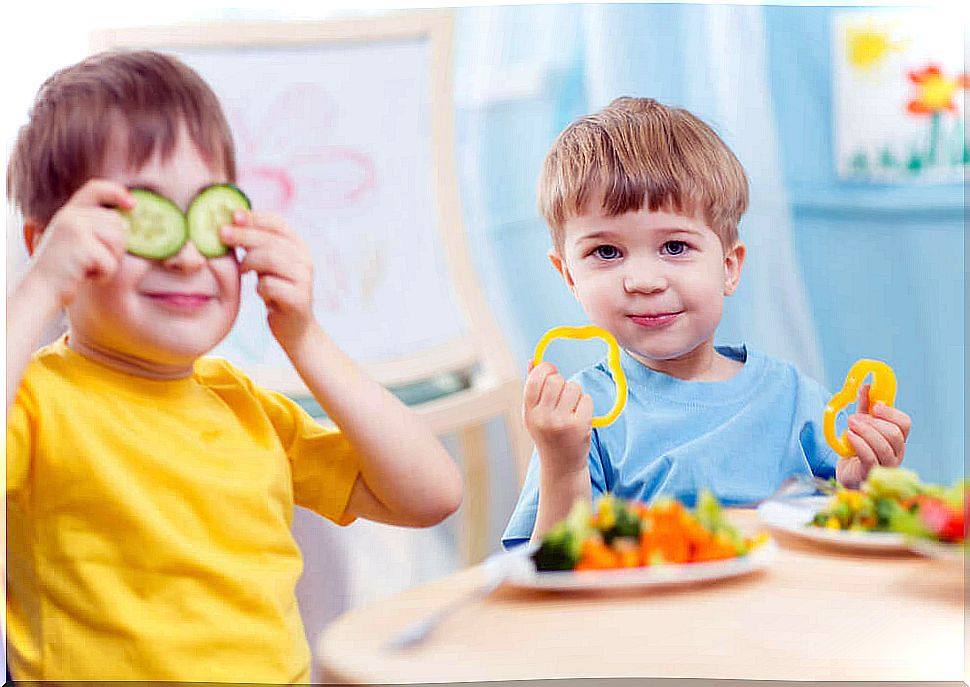
- Lean meats (chicken, turkey, pork).
- Fish and shellfish.
- Eggs.
- Legumes (dried beans, lentils, soybeans).
- Cow liver.
- Oatmeal.
- Peanut butter.
- Nuts.
- Plum juice
- Spinach.
- Whole grains.
When healthy eating doesn’t do much to treat low iron and anemia , your doctor suggests iron supplements that you take by mouth. For no reason should iron or vitamin supplements be administered without the supervision of a pediatrician.
When it comes to iron deficiency anemia …
Iron deficiency anemia in children that is not treated in time can interfere with their learning and development process. Low iron levels reduce attention span and alertness. So, taking care of any of your symptoms in a timely manner is decisive to avoid these inconveniences.

